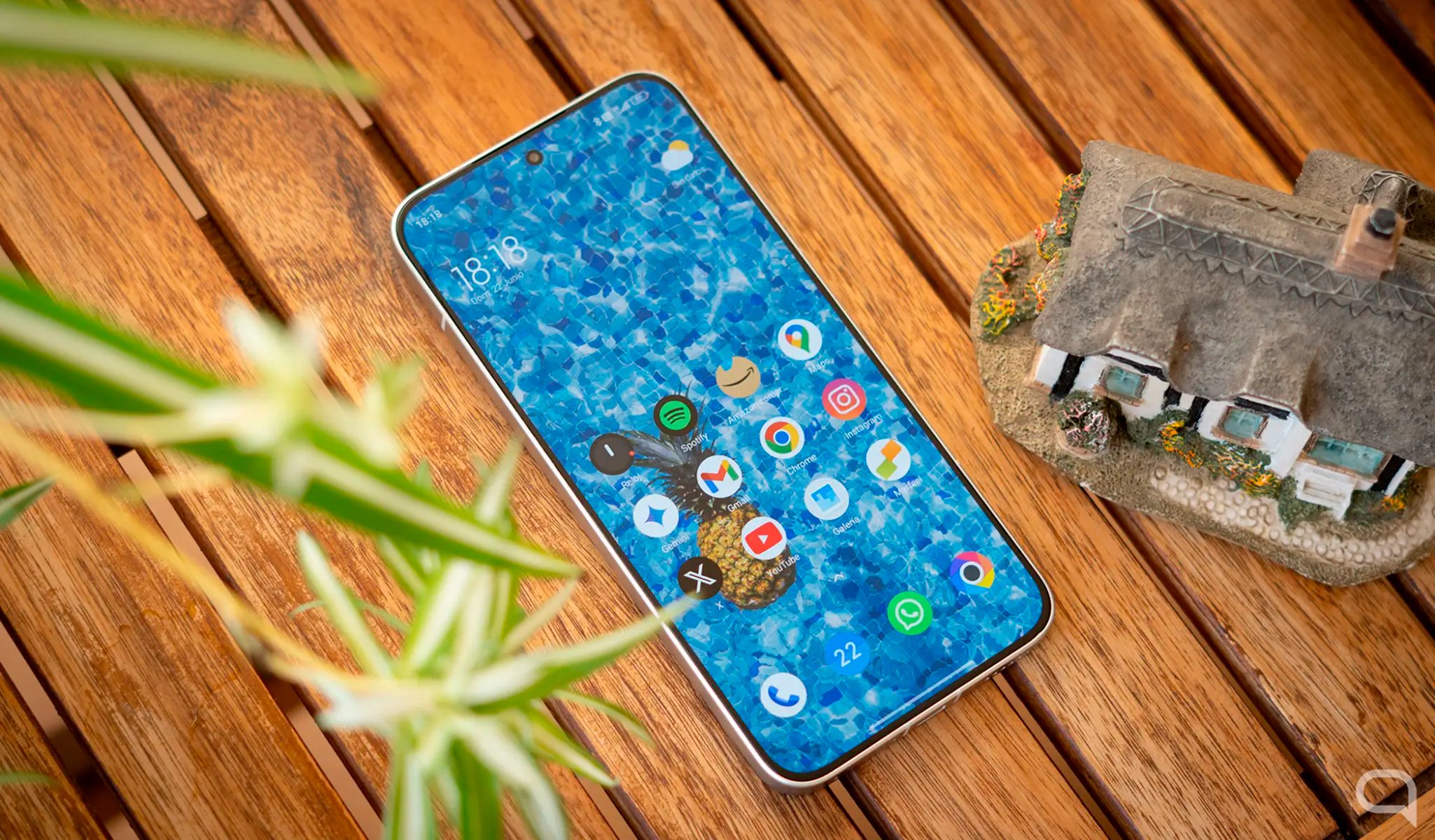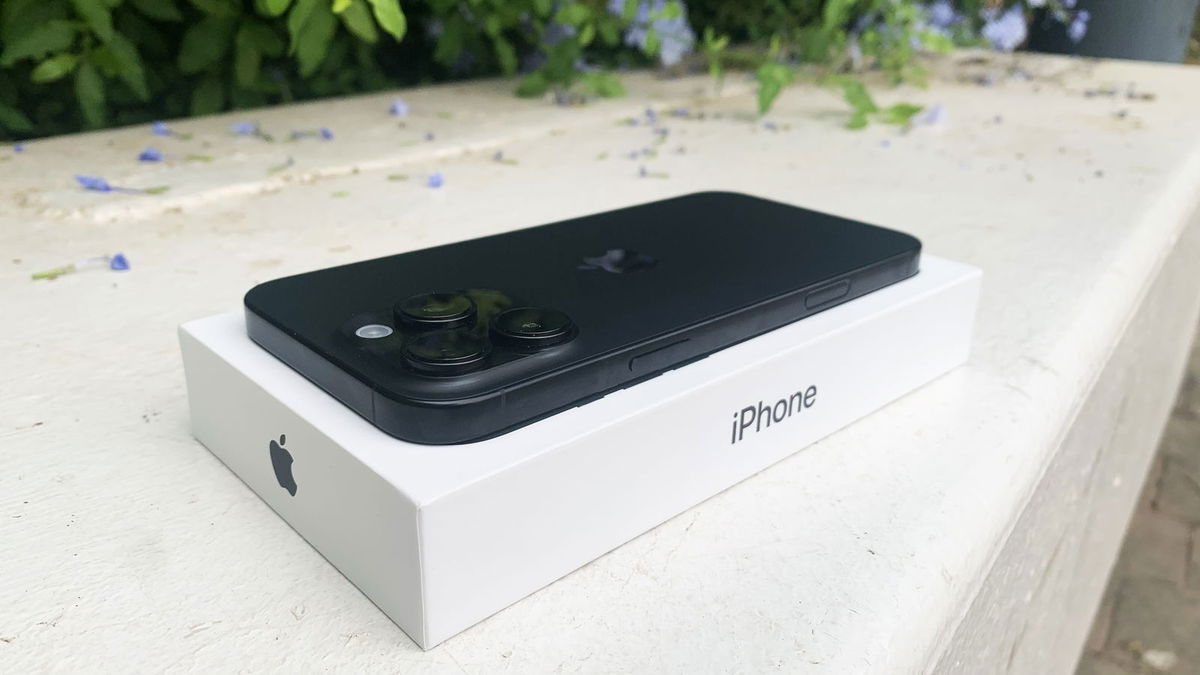Researchers from Khakass State University named after NF Katanov (KhSU) have shown that the addition of plasmonic silver nanoparticles significantly improves the performance of any LED, semiconductor devices that convert electrical energy into light. The scientists’ work was published in the journal Fundamental Problems of Modern Materials Science.
Plasmonic nanoparticles differ from ordinary nanoparticles in the absence of an internal structure characteristic specific to the bulk form of a substance. Such silver particles can be obtained by heating the lattice of an ordinary particle with a diameter of less than two nanometers until it melts and then abruptly cooling it. As a result of slight heating, plasmonic particles are obtained with certain symmetry parameters that affect the amount of scattering and absorption of a light wave.
By embedding nanostructures in LEDs, the researchers enabled the effect of surface plasmon resonance (SPR) in them – amplifying electromagnetic radiation at the boundary between the noble metal and the dielectric. Light falling at the junction of a silver nanoparticle with a non-conductive material is reflected with exponentially increasing intensity.
SPR intensity depends on many factors, the main ones being the shape and size of the plasmonic nanoparticle. Silver is better than other materials for this role as it is less expensive than other noble metals and easier to structure. One of the researchers, head of the laboratory of Nanophysics of KhSU Professor Yuri Gafner, said that the biggest impact is from cubes, octahedrons, etc., to “nanostars” containing a large number of sharp “rays”. . The sharper the corners the shape has, the higher the resulting gloss of the material.
According to Gafner, the researchers were able to demonstrate that surface plasmon resonance not only significantly increases the lifespan of the LED, but also increases the luminous efficiency exponentially.
Source: Ferra
I am a professional journalist and content creator with extensive experience writing for news websites. I currently work as an author at Gadget Onus, where I specialize in covering hot news topics. My written pieces have been published on some of the biggest media outlets around the world, including The Guardian and BBC News.










